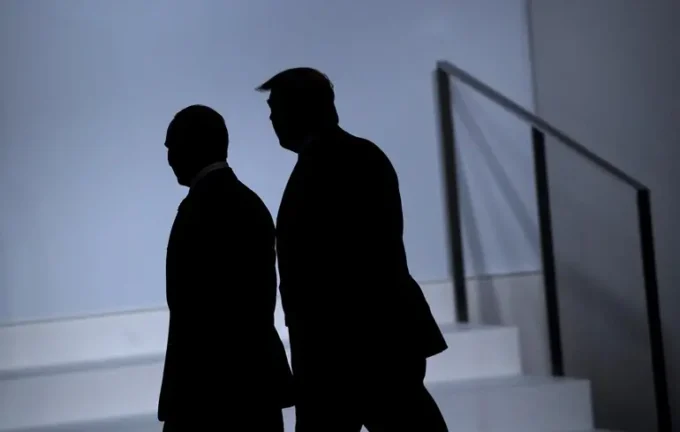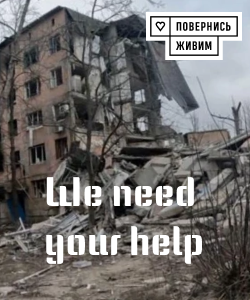Geopolitical Dynamics: Can Trump Intensify Pressure on Russia to Achieve Peace in Ukraine?

In the current geopolitical landscape, the United States and the global community are confronting significant challenges regarding the effectiveness of sanctions regimes and diplomatic efforts amidst the ongoing conflict in Ukraine. President Donald Trump, known for his nuanced stance on Russia, has recently expressed a desire to adopt a softer approach toward Moscow, while simultaneously promising new arms deliveries and trade restrictions if Kremlin leaders do not take steps toward peace within fifty days. However, analysts point out that such statements remain mere words without tangible actions and are insufficient to halt Russia’s continued aggression, which extensive military sources confirm includes large-scale offensives on Ukraine’s eastern front. Moscow officials have responded to these signals with relief, as indicated by rising stock indices and the strengthening of the ruble against the yuan. This suggests that Moscow interprets Trump’s calls for peace as non-threatening. Meanwhile, aggressive rhetoric persists from the Kremlin, with former Russian President Dmitry Medvedev threatening nuclear strikes should the conflict escalate further. Military experts and strategic analysts urge the escalation of strikes against critical Ukrainian infrastructure. Amid these developments, Russia has intensified missile and drone attacks, launching over 400 missiles and unmanned aerial vehicles targeting energy infrastructure across Ukraine. On certain fronts, Russian forces have amassed around 160,000 troops, signaling a possible large summer offensive. These moves underscore the insufficient decisiveness of the U.S. and their allies in taking stronger action against Russia. A key issue is the need to strengthen sanctions by closing loopholes that allow Russia to fund its military operations. For instance, despite Russia’s involvement in seizing Zaporizhzhia Nuclear Power Plant and aiding Iran’s nuclear program, the U.S. has yet to impose targeted sanctions on Rosatom, which complicates efforts to cut off Russian military funding. Expanding sanctions against the “shadow fleet” of Russian tankers and coordinated measures with the European Union are crucial to prevent evasion tactics. Another critical avenue is expanding military aid to Ukraine. The anticipated assistance package may include Patriot missile batteries and long-range ATACMS missiles, but the high costs—and the scale of Ukraine’s artillery consumption—highlight the need for increased exports of artillery shells and advanced weaponry. While Trump refrained from supplying strategic missiles like Tomahawk, reconsidering such options could prevent escalation if Putin decides to prolong the conflict beyond fifty days. Supporting Ukraine’s high-tech defense industry is equally vital. Recent months have seen Ukrainian developments of affordable interceptor drones and extended-range Neptune missiles. President Zelensky has proposed a “breakthrough agreement” with the U.S., exchanging Ukrainian technological innovations for advanced American weaponry, which could bolster Ukraine’s long-term resilience and enhance collective security. Drawing parallels from Iran's experience, targeted pressure combined with strategic negotiations can be highly effective. Trump’s recent announcement to deliver 17 Patriot systems to Ukraine generated widespread media coverage and debate, highlighting that well-planned, strategic actions are necessary to reduce Russia’s aggressive posture and encourage negotiations. Strengthening international cooperation to close sanctions loopholes and intensify military aid are essential steps toward ensuring regional stability and long-term peace in Ukraine.

